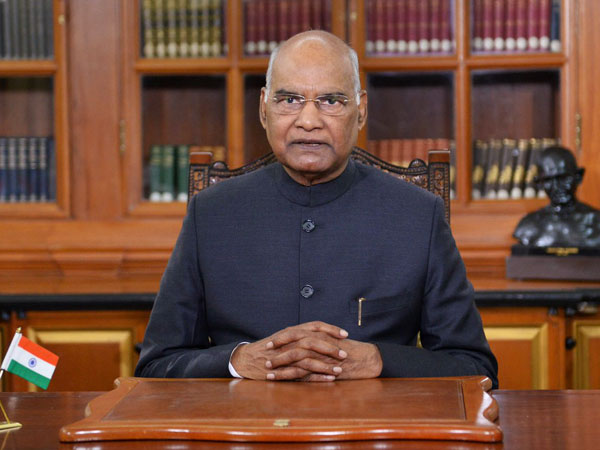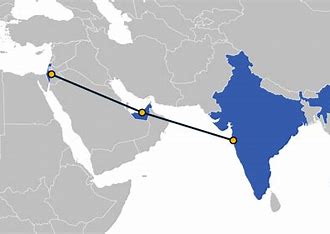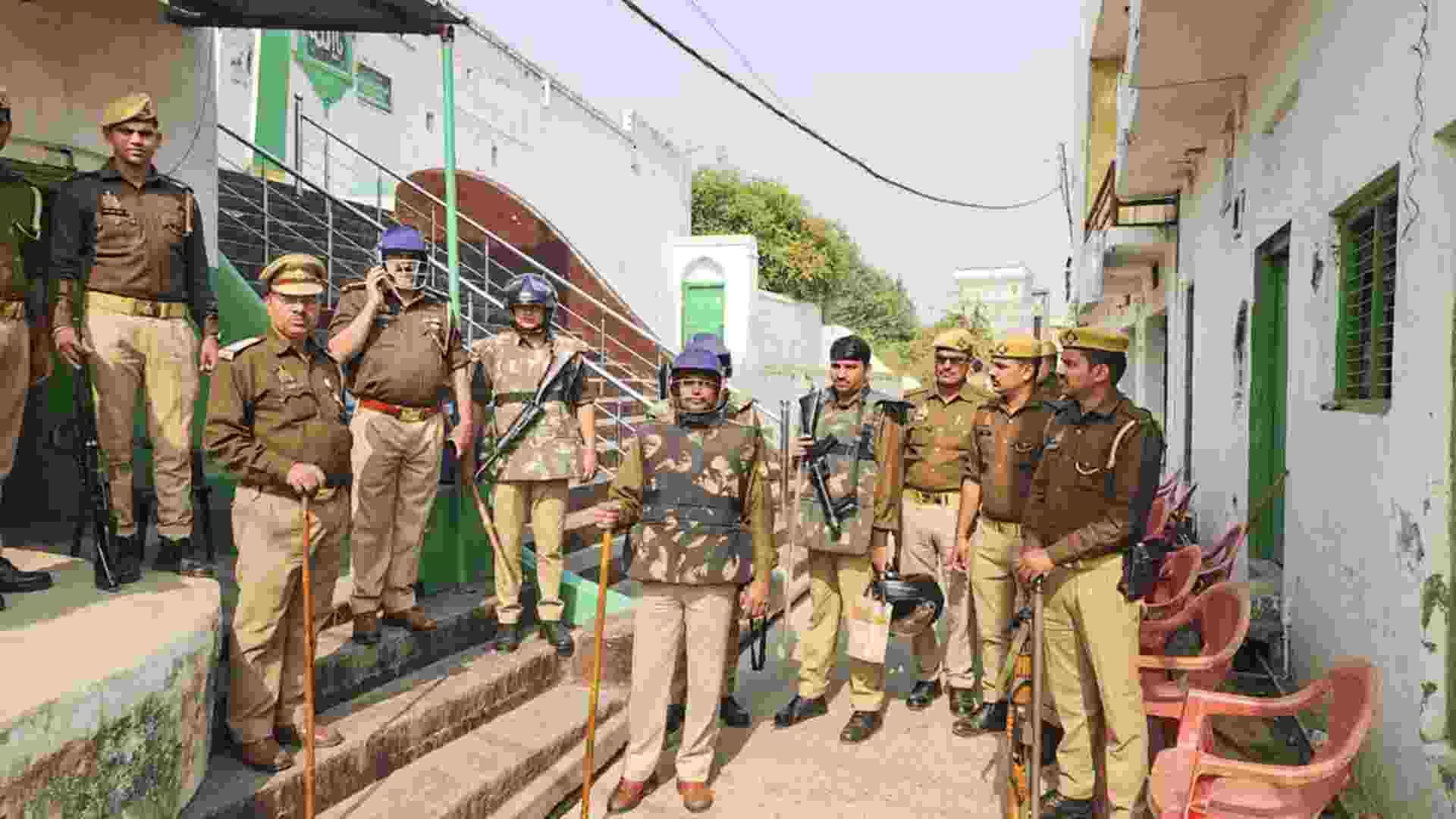
Analysing the renewed discussions around the “One Nation, One Election” concept, the central government of India has formed a committee led by former President Ram Nath Kovind to study its feasibility. This policy would synchronise elections for the Lok Sabha and state legislative assemblies across the nation, aiming to overhaul a system that currently sees elections held at varying times in different states.
Background
The Indian electoral system historically had synchronised Lok Sabha and state legislative assembly elections until 1967. However, due to the dissolution of several state legislative assemblies, the timing of elections drifted apart. Consequently, elections are now a recurring phenomenon across India’s states, causing periodic disruptions.
Economic and Administrative Benefits
Supporters of synchronised elections claim the policy could considerably cut down the financial burden of elections. During the 2019 Lok Sabha elections, the total expenditure, which included the Election Commission’s operational costs and the expenses of participating political parties, was around Rs. 60,000 crore. Besides financial savings, advocates suggest that “One Nation, One Election” could also enhance administrative efficiency. The constant cycle of elections disrupts government activities and delays projects due to the imposition of model codes of conduct. Prime Minister Narendra Modi has noted that a unified election schedule would allow for more consistent policymaking and accelerate national development.
Constitutional Challenges
However, implementing this concept isn’t straightforward. It would necessitate constitutional amendments to align the terms of the state legislative assemblies with the Lok Sabha. Retired Chief Justice Rakesh Sharma stresses the need for in-depth scrutiny of the proposal’s constitutional implications. Changes to the Representation of the People Act and various other parliamentary protocols would also be required, warranting time and careful planning.
Economic Implications
Sanjay Gupta, President of the Ideal Trade Council in Uttar Pradesh, pointed out that elections typically stimulate some sectors of the economy, from the printing industry to hospitality. While Gupta acknowledges the economic advantages of a single, synchronised election, he also cautions that the idea merits broader discussion encompassing various aspects beyond just economics.
Conclusion
The push for “One Nation, One Election” raises critical questions about its potential impact on India’s governance, economy, and administration. While the proposal promises cost-saving and enhanced administrative efficiency, it presents constitutional challenges that require meticulous examination. As the committee led by former President Kovind delves into this complex issue, the nation watches closely, aware that the implications are far-reaching and multifaceted.















